Man of a Thousand Faces (1957)
“If a guy can be enough things in this business, he can make a living.”
|
Synopsis: |
|
Genres, Themes, Actors, and Directors:
Review: While Malone is posited as the villainess of the story (how can she be so bigoted against kind Lovsky and Leary?!): … we despise Cagney for withholding such crucial information from her, especially at a time when deafness was societally stigmatized. Meanwhile, we’re shown how irrational his desire to have Malone stay at home with their child is, given that Sorensen is a well-adjusted lad with plenty of support — particularly from the infinitely noble and patient Greer (talk about casting against type!) who is literally waiting in the wings. Most interesting to film fanatics, however, will be numerous sequences of Lon using his skills with make-up to disappear into a variety of characters, eventually making a name for himself as the “man of a thousand faces” in films such as The Hunchback of Notre Dame (1923): … The Phantom of the Opera (1925): … and The Unholy Three (1930) (Chaney’s first talkie and last film): Watch for Robert Evans in an appropriately stiff performance as young Irving Thalberg: Notable Performances, Qualities, and Moments: Must See? Categories
Links: |
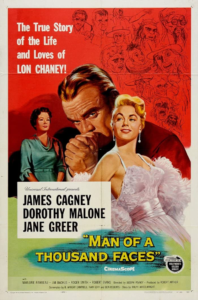
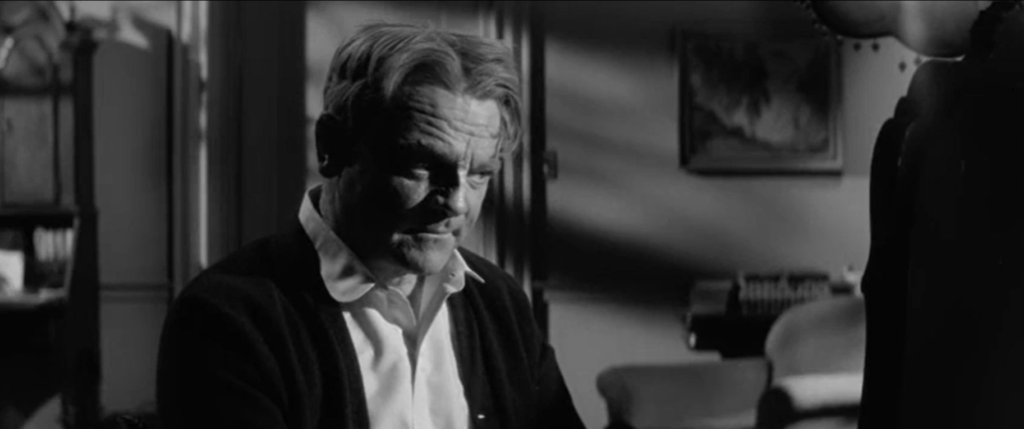
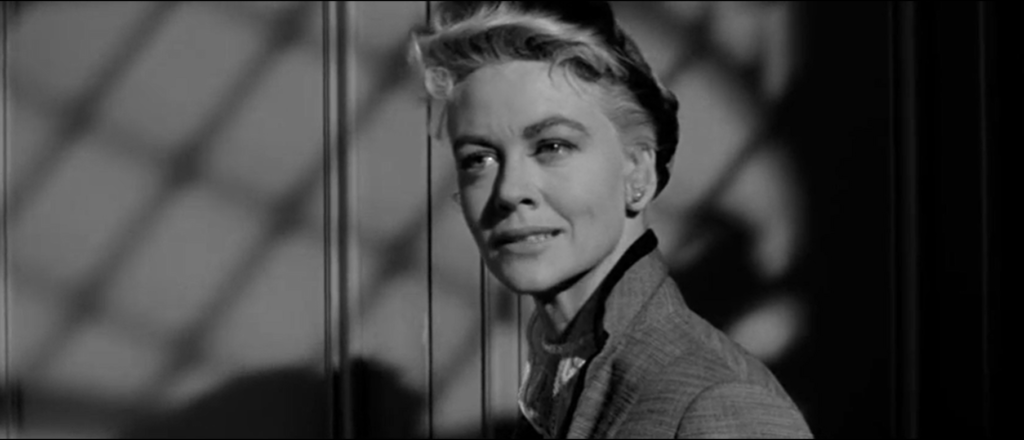
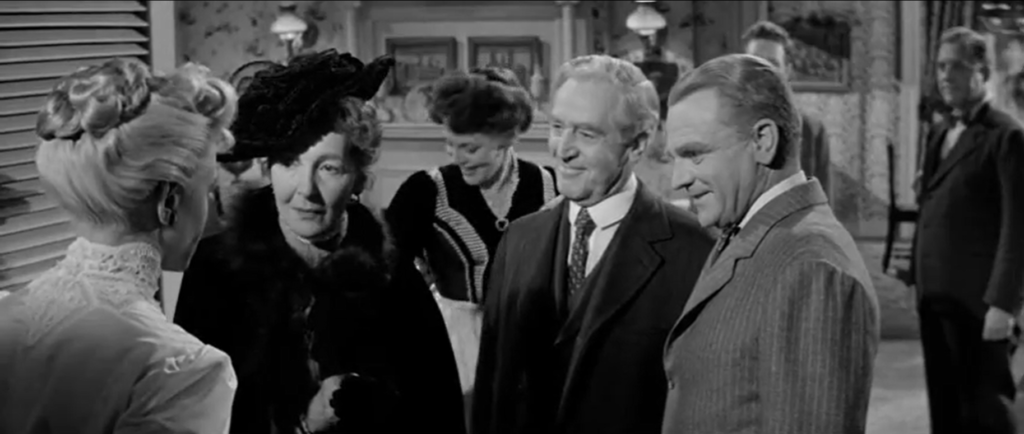
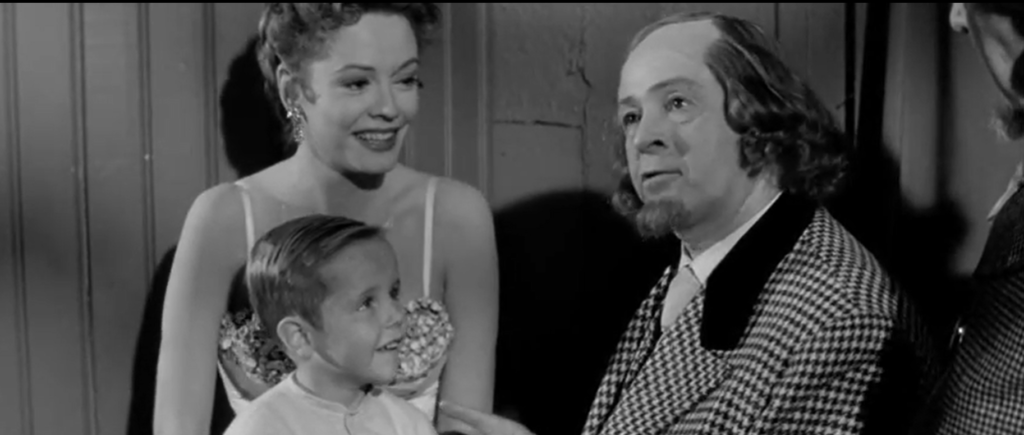
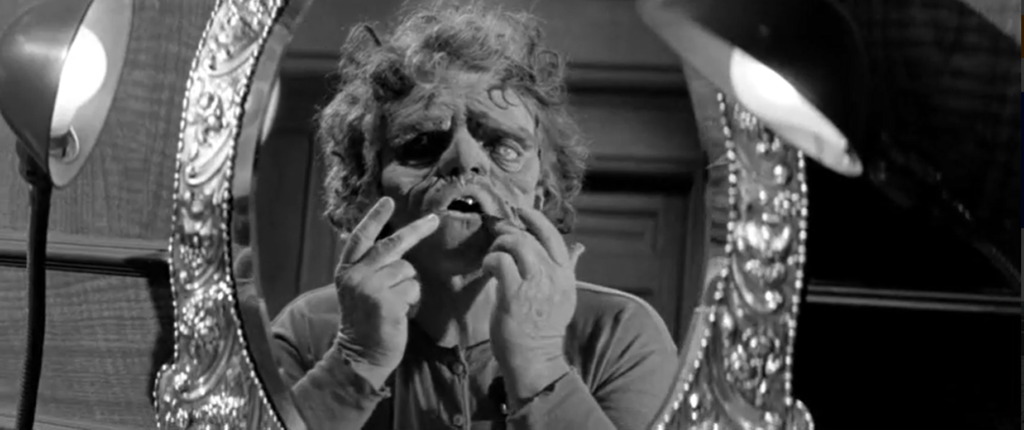
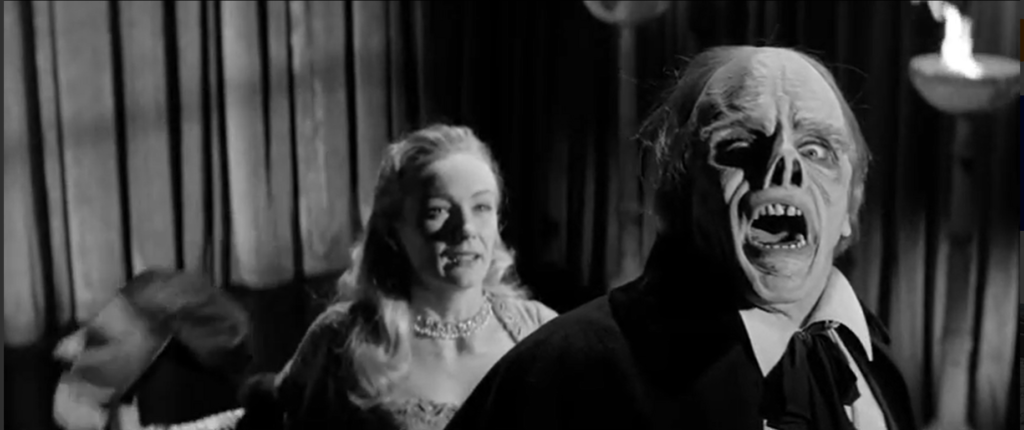
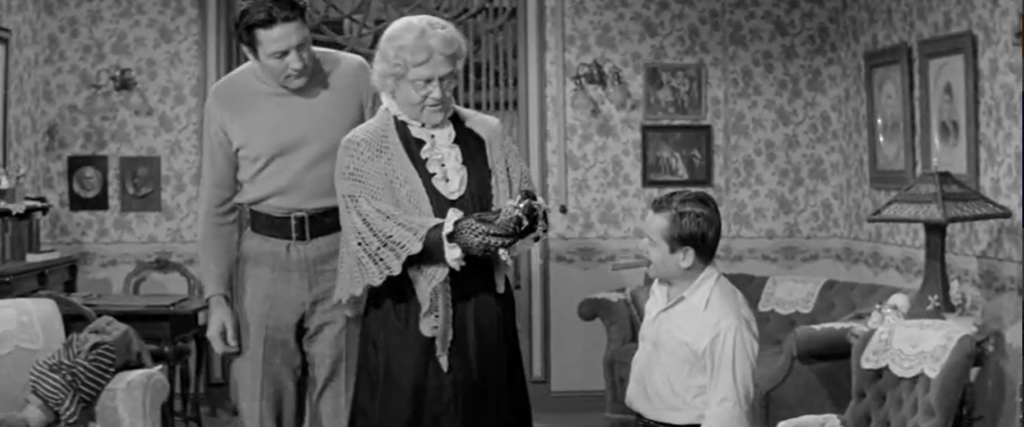
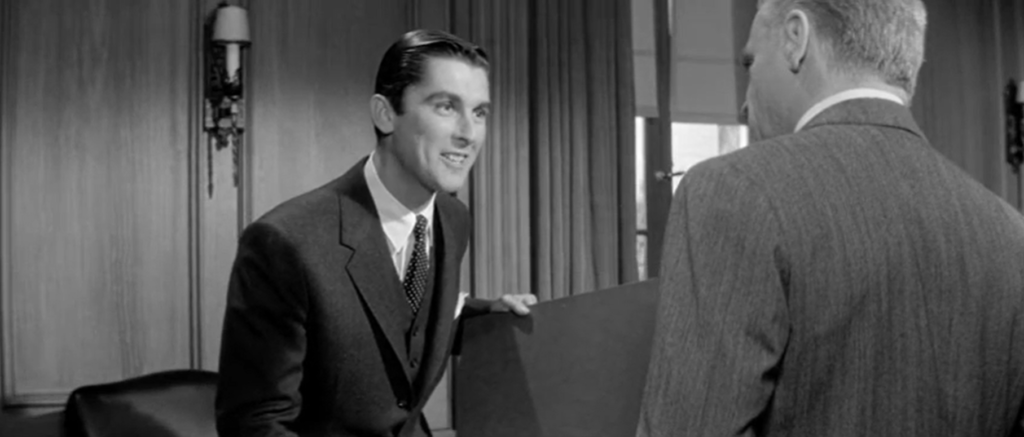
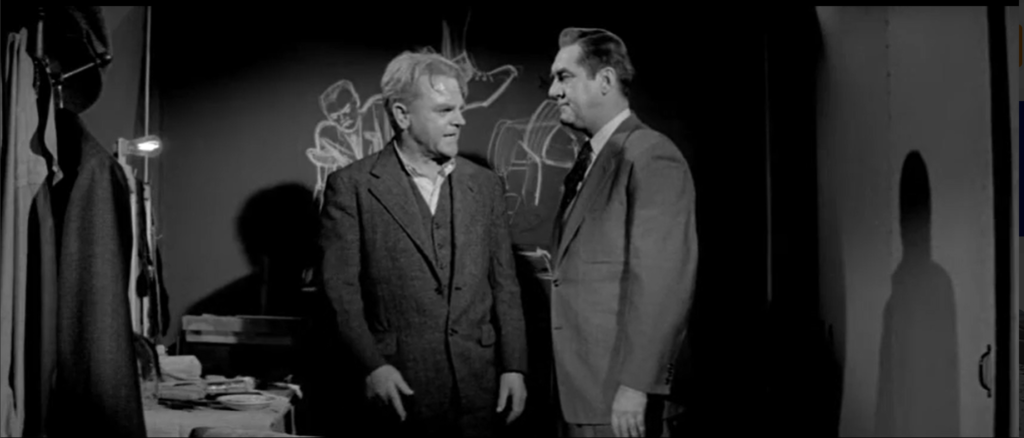
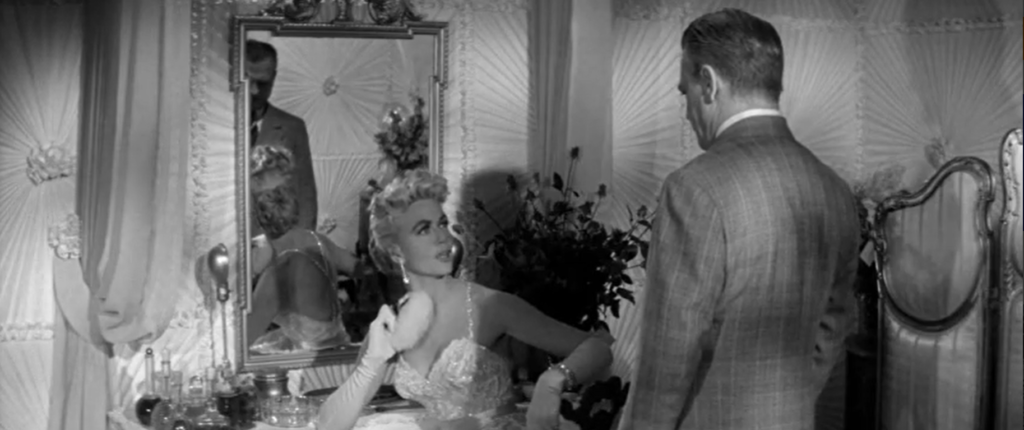
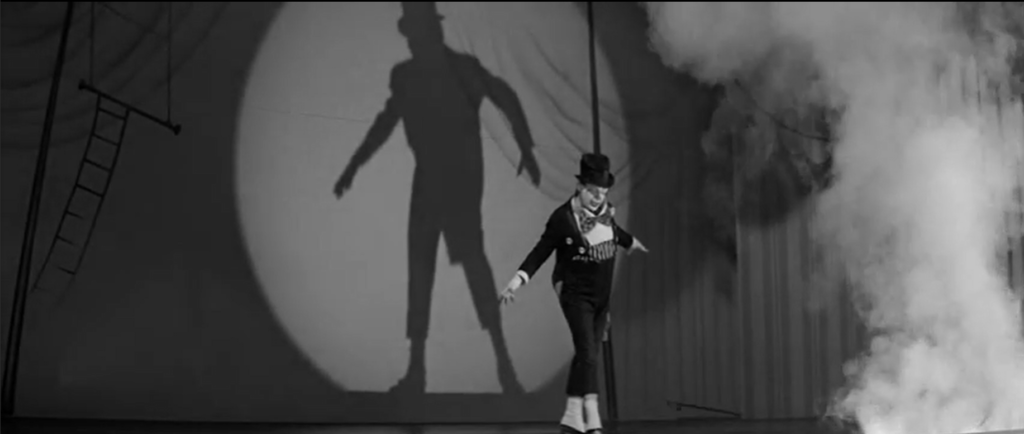

One thought on “Man of a Thousand Faces (1957)”
A once-must, mainly for Cagney’s performance. As per my post (today) in ‘The ’40s-’50s in Film’ (fb):
“Oh, Hazel… Hazel, I wouldn’t wish me on *anybody*.”
‘Man of a Thousand Faces’ (1957): I should probably try to hunt down a few more ’50s films by director Joseph Pevney. I’ve only seen a few of them but he generally seems to do fine work. (And he knew how to work well with actors; he had been one himself in a handful of films, all noirs.)
Take his 1955 film ‘Female on the Beach’, for example. Many of us think of it as a camp classic but that’s too simple. It isn’t (like the best camp films) unintentionally funny, nor is it consciously camp. Apparently Pevney read the delirious script and thought, ‘Ok, this thing is going to need a little dignity if it’s going to fly.’ So that’s what he gave it. It still also (and I’ll say it: thankfully) largely plays as camp but it’s also something special.
Something similar happens with this bio of Lon Chaney. In lesser hands, the script could have played largely as soap opera – as it has a focus on Chaney’s personal family problems. But, again, Pevney goes for dignity and has his actors play it for genuine pathos.
As a result, he gets effective performances from everyone, esp. James Cagney as Chaney – playing a man very hard to like because of his bullheadedness. Jane Greer is quietly powerful as his second wife – but Dorothy Malone also stands out (as his first wife) in a role that could easily have been over-the-top.
Malone is particularly harsh when she learns that Chaney’s parents are both deaf. She’s shocked and repulsed. It put me in mind of how uncommon it must have been years ago in America for people who weren’t ‘normal’ to be thought of as ‘freaks’. (I remember being shocked when I first moved to Japan – learning there was a strong belief there that those born ‘different’ were viewed as ‘punishment from the gods’!)
Since this is a biopic, I looked through IMDb and Wikipedia to check on differences between fact and fiction. In both places, there were mentions of slight changes but it seems we’re to assume that this film holds rather closely to the facts.
Chaney made one sound film before his death: his remake of ‘The Unholy Three’ in 1930. I can’t locate it online at the moment but I recommend it if you happen to come across it. Chaney’s work in silent films was, of course, extraordinary – but it’s fortunate that we have one example of the fun he had with his voice.